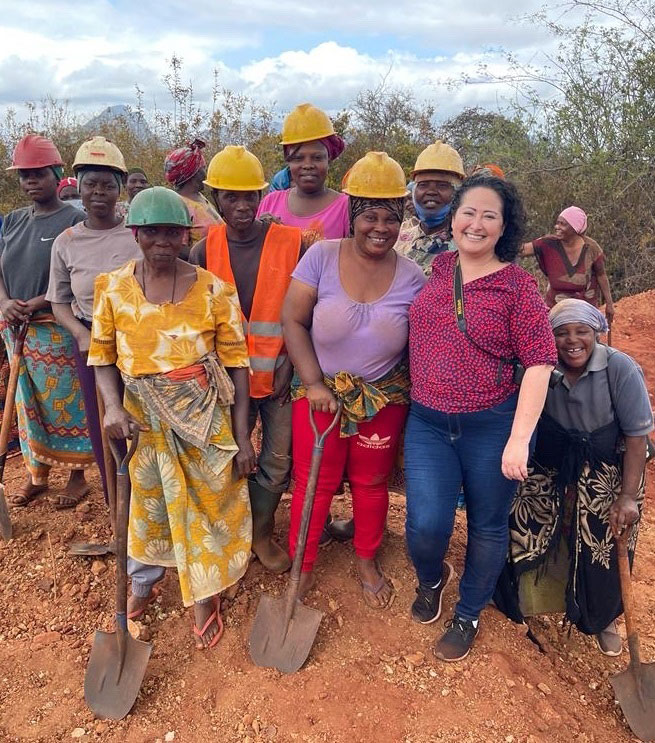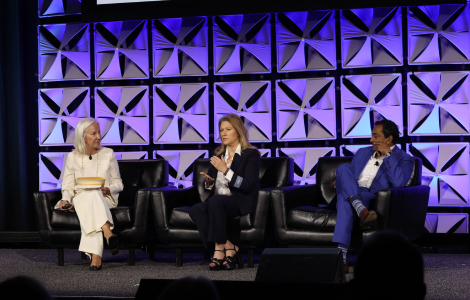Interview with Susan Jacques, President and CEO, GIA
GIA is working towards gender parity in all its locations around the world. GIA is striving to close gaps where they exist and put in place the infrastructure and policies to work toward gender parity, says GIA President and CEO Susan Jacques.
How is gender equality part of your business strategy?
At GIA our mission is to protect consumers and ensure the public trust in gems and jewelry. To accomplish that, we must reflect the public we serve. At GIA inclusion and diversity go hand in hand with our mission. Our goal is a culture in which every employee feels a sense of pride, safety and belonging; valued for who they are and the unique background, experiences, and perspectives they bring to the Institute.
Have you seen progress in gender empowerment in your company? What steps have you taken till date? Success stories?
GIA is committed to advancing gender equality as part of our commitment to the UN Sustainable Development Goals. Through this we have adopted the Women’s Empowerment Principles (WEP). The Institute supports initiatives within the industry that bring about meaningful change in diversity and inclusion, especially for gender. We support the Women’s Jewelry Association and created a program, alongside PACT, in East Africa to educate women artisanal miners about the gems they mine and help them to be more successful in their sales of these gems. These women have shared with us that this GIA education has assisted them in improving their lives and those of their families which is very rewarding for us to know.
Across our global workforce of more than 3,800 associates, the gender ratio approaches 50-50. We are working to achieve that balance in all locations and at all levels. In India, where there are fewer women in the workforce, the GIA team made a particular effort to attract women to become laboratory staff by addressing concerns about security, especially when working a second shift. In addition, GIA India supports efforts in schools to bring more women into the national workforce. Also, our Board of Governors, who strategically guide our Institute, is a 50/50 balance of gender. These extraordinary women Governors are professional experts from leading educational institutions, finance, risk and audit, technology, and cyber security.
What are the challenges and opportunities?
The challenge is to work toward gender parity in all GIA locations around the world and at all levels within the organization. The opportunity is to work inclusively with the teams in each GIA location to close gaps where they exist and put in place the infrastructure and policies to work toward gender parity. As part of this, we evaluate infrastructure and policies to make the workplace women-friendly and inclusive for all.
There is strength in diversity. According to McKinsey in 2021, the companies that become more diverse and manage this diversity successfully will outperform their peers so strongly that their peers will quickly follow.
What are your priorities? Are there any frameworks you use to help you in your journey? Do you have targets and how do you measure them?
GIA is a purpose-driven organization; inclusion and diversity go hand in hand with our mission. We have internal targets and we are committed to the UNGC and UN Women’s WEPs. That said, organizations need to go beyond targets and frameworks to ensure that their culture, policies, training, hiring practices, and values align with and strengthen gender equity. That is what we are working toward every day.
How important is WJI 2030’s third pillar to support you in your journey?
WJI 2030’s third pillar of fostering inclusiveness is incredibly helpful in establishing and promoting this for everyone in the industry. When we come together to align on overarching goals and benchmarks, it makes for a more fruitful and inclusive future. We are delighted to be working with WJI 2030 on leading the industry forward in the achievement of these important goals.
How has your personal journey been to date? What are your hopes for the future?
In my 40-year career in the gem and jewelry industry, I’ve been fortunate to have many opportunities to demonstrate my abilities and contribute to the companies where I have worked, and the industry organizations where I have served on their Boards. I was fortunate that there was a need for greater diversity in the industry over the past three decades, and being a woman in a leadership role gave me opportunities that I might not have had, given that there were few women leading companies and organizations at that time. Thankfully this has changed dramatically and there is a much greater gender balance today in our industry.
My hope for the future is that we all continue to recognize the tremendous benefit of seeking out diverse voices and representation. That diversity, mirroring the public we serve, is one of the ways that we can ensure the continued relevance and importance of our industry and consumer confidence and trust in gems and jewelry.








